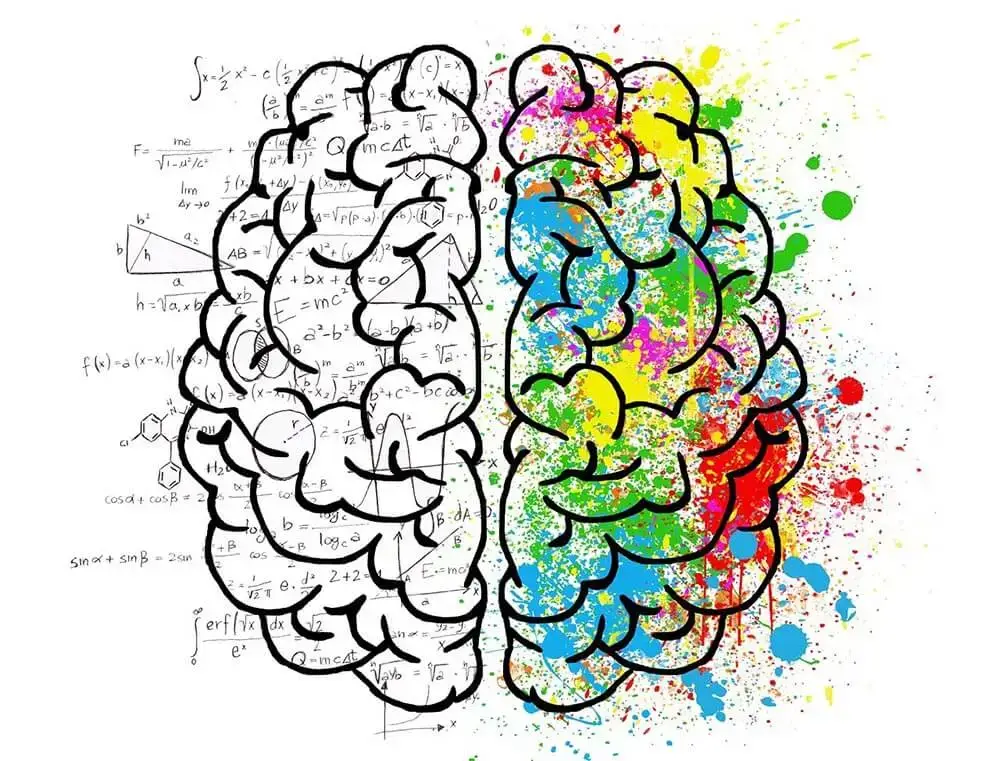Dreams, the enigmatic realm of our subconscious, have intrigued humanity for centuries. They hold the potential to unlock hidden mysteries within our minds, revealing uncharted territories of desires, fears, and unresolved conflicts. A visionary in the realm of dream analysis, Carl Jung, the Swiss psychiatrist and psychoanalyst, introduced revolutionary ideas that continue to shape modern psychology. In this captivating blog, we embark on an exhilarating journey to understand Carl Jung’s approach to dream analysis, exploring how these nightly narratives can offer profound insights into our deepest selves.
Peering into the Abyss of the Unconscious Mind
As we slumber, our consciousness retreats and the gates of the unconscious mind swing open. Jung’s groundbreaking insights revealed that this vast reservoir comprises three distinct levels: the conscious, the personal unconscious, and the collective unconscious. The collective unconscious, a cosmic sea shared by all humanity, is the treasure trove of archetypes—universal symbols and motifs that form the DNA of dreams.

Embarking on the Archetypal Quest
Picture this: you dream of being lost in a dense forest, shadows dancing amidst moonlit trees. The forest represents the archetype of the “Unknown” or the “Journey into the Unconscious.” The archetypal “Forest” has appeared in cultures’ folklore, mythology, and fairy tales, symbolizing the uncharted territory we must explore to understand ourselves better.
Dream Analysis Unraveled
Jung’s dream analysis goes beyond textbook symbolism. It urges us to become detectives of our own dreams, piecing together the puzzle of our subconscious mind. Let’s embark on the five-stage quest to decode the hidden wisdom within our dreams:
Step 1: The Call to Adventure
As dawn breaks, grab your dream journal, the magical key to the realm of dreams. Write down your nocturnal odyssey before it dissipates like morning mist.
Step 2: Archetypal Encounters
Delve into your dream journal to identify the archetypal symbols that shimmer like stars in the night sky. A snarling beast? The “Shadow” archetype lurks, embodying our repressed aspects.
Step 3: Unveiling Personal Associations
Embrace the dream’s emotional essence and pilgrimage into your memories. Do not be afraid of the labyrinth; it holds the keys to your subconscious desires and fears.
Step 4: Amplifying the Echoes
Engage in the ancient art of amplification. Dive deep into myths, art, and culture to glean insights from the collective unconscious. Ancestral whispers resonate in the chambers of your dreams.
Step 5: Integration
The grand finale awaits! Assemble the dream’s fragments into a masterpiece of self-discovery. Unravel the wisdom of your subconscious, weaving it into your waking life like a radiant tapestry.
The Many Facets of Dreams
Like chameleons, dreams don various roles, offering profound experiences and multifaceted functions:
- Mirrors of the Soul – Dreams reflect our conscious thoughts and emotions, mirroring our struggles, aspirations, and desires in a surreal canvas.
- Healing Portals – Immerse in the tender embrace of dreams; they nurture emotional healing and help reconcile unresolved traumas.
- The Compass of Self-Discovery – A cartographer’s dream, these nocturnal voyages guide us through unexplored territories of our psyche.
- Creative Springs – The muses frolic within dreams, inspiring artists, writers, and inventors with fresh ideas from the cauldron of the unconscious.
Conclusion: Awaken the Dreamer Within
Carl Jung’s dream analysis takes us on an exhilarating expedition through the mysterious terrain of the unconscious mind. As we embark on this journey of self-discovery, we awaken the dreamer within, embracing the symbiotic relationship between our conscious and unconscious selves.
Dreams offer us a unique opportunity to communicate with the deepest parts of ourselves, where our most authentic desires and fears reside. The archetypes that populate our dreams, whet her ancient or modern, reflect the timeless truths of the human experience. Just like the heroes of myths and fairy tales who ventured into the unknown, we, too, can embark on a heroic quest to understand ourselves better.
Imagine a dream where you find yourself standing on the precipice of a cliff, torn between the safety of the known and the allure of the unknown. This dream embodies the archetype of the “Threshold Guardian,” a symbol that challenges us to embrace change and take risks. By exploring our emotions and personal associations with this symbol, we might discover that it echoes our current life situation, urging us to overcome our fears and step into new opportunities.
Dreams hold up a mirror to our psyche, reflecting both our virtues and our flaws. The “Shadow” archetype, representing our suppressed and rejected aspects, often emerges in our dreams as antagonistic figures or dark, haunting scenarios. Confronting the Shadow is a transformative process, as it teaches us to integrate and accept all facets of ourselves, leading to personal growth and emotional liberation.
The realm of dreams is also a fertile ground for creative inspiration. Countless artists, writers, and musicians have credited their masterpieces to the vivid imagery and ideas that flowed from their dreams. Salvador Dali’s surreal artworks, Mary Shelley’s “Frankenstein,” and Paul McCartney’s “Yesterday” are just a few examples of the remarkable creative gifts that emerged from the realm of dreams.
Furthermore, dreams act as the subconscious’s playground for processing and healing emotional wounds. In dreams, we may re-experience past traumas or encounter situations that evoke strong emotional responses. Through dream analysis, we can engage in a therapeutic dialogue with our inner selves, seeking resolution and closure.
As we decipher the cryptic messages of our dreams, we develop a profound sense of self-awareness. We gain a more comprehensive understanding of our motivations, desires, and fears that shape our waking lives. Dreams become a compass, guiding us toward personal growth and transformation.
Dreams also act as messengers, delivering insights into life’s dilemmas and challenges. They illuminate potential paths, offer innovative solutions, or present alternative perspectives that our conscious mind might overlook. Listening to the wisdom of our dreams allows us to navigate life’s complexities with greater wisdom and clarity.
In conclusion, Carl Jung’s approach to dream analysis invites us to embark on a heroic quest, an adventure into the depths of the unconscious mind. Dreams hold the key to understanding our deepest selves, revealing the universal language of archetypes that bind us all as human beings. By exploring our dreams with an open heart and an inquisitive mind, we gain invaluable insights into our subconscious desires, fears, and unresolved conflicts. The dreamer within us emerges, guiding us towards self-discovery, creative inspiration, emotional healing, and personal growth. So tonight, as you drift into slumber, remember to embrace the dreamscape, for within its depths lies the potential for a more profound connection with yourself and the world around you. Sweet dreams!
Adios Amigos!
???? Have you ever had a dream that left you wondering? Share your most intriguing dream in the comments below! ????????





